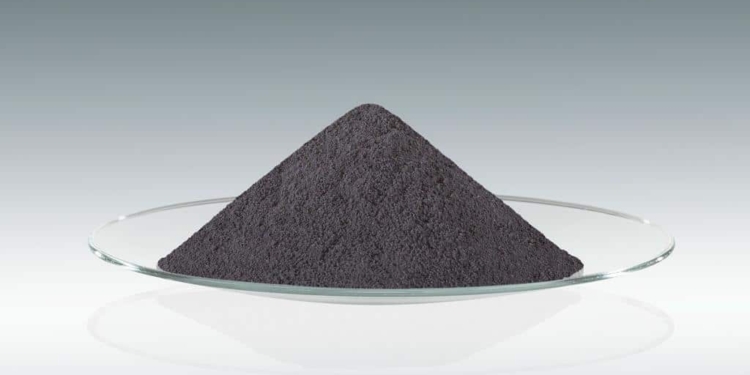source: H.C.Starck news
H.C. Starck receives certification for processing conflict-free tantalum raw materials for the seventh time in a row Conflict-free raw material sourcing remains a key element of the H.C. Starck strategy. H.C. Starck has already now managed to fulfill the main requirements of the EU Conflict Minerals Regulation
Munich, February 8, 2018 – H.C. Starck, one of the world’s leading manufacturers of technology metals and advanced ceramics, has received the certification for processing of “conflict-free” tantalum raw materials the seventh year in a row. The audit included the subsidiary H.C. Starck Tantalum and Niobium GmbH and the associated company H.C. Starck Smelting GmbH & Co. KG.
This means all subsidiaries that process tantalum at the Goslar, Mito, Tokyo, Map Ta Phut, and Laufenburg locations remain certified. The audit was performed by the independent company SGS, acting on behalf of the Responsible Business Alliance (RBA formerly Electronics Industry Citizenship Coalition EICC) and the Responsible Minerals Assurance Process (RMAP formerly Conflict-Free Smelter Program) as part of the Responsible Minerals Initiative (RMI, formerly CFSI).
“Fair and responsible purchasing of raw materials remains a key pillar of our raw materials strategy. We source and process tantalum exclusively from demonstrably conflict-free sources,” says Dr. Jens Knöll, Chairman of the Executive Board of H.C. Starck GmbH.
“We focus on achieving the greatest possible transparency on this subject, and we are proud to have met the stringent RMAP criteria for the seventh time in a row.”Among other things, H.C. Starck has successfully implemented the purchasing systems according to the new specifications of RMI audit procedures. H.C. Starck’s newly established supplier qualification is the core process within Responsible Supply Chain Management System. “Our company has very high purchasing standards; H.C. Starck has already managed to fulfill the main requirements of the EU Conflict Minerals Regulation which will be binding as from 2021,” Dr. Knöll says. Herewith H.C. Starck proved just as unambiguously that the raw material suppliers have implemented the system for gap-free tracing of the raw materials processed back to the conflict-free mine.
“Aside from cooperating with proven conflict-free raw materials producers, we have built up a high level of expertise at our company to establish sustainable recycling processes of secondary raw materials,” Dr. Knöll says. “Meanwhile we have become experts within this area. We can secure a large part of our demand for high-quality, high-performance metal powders from own processing of production residue, slag, and scrap. Herewith we consequently follow our raw material strategy: We take care for transparent, fair and sustainable raw material procurement and thereby ensure stable, long-term, high-quality powder supply”.
H.C. Starck unconditionally supports the position of the RBA, OECD, and EU of not purchasing, processing, or reselling any raw materials that serve to finance or benefit armed groups. The company actively supports its customers in fulfilling their duties of care and disclosure in accordance with the guidelines set by the U.S. Securities and Exchange Commission (SEC). H.C. Starck is a member of the International Tin Supply Chain Initiative (ITSCI), which has developed a highly regarded tracing system for transparent procurement of raw materials from areas of conflict and regularly checks implementation of this system among its member companies.


































